Growing turkeys is a profitable and interesting business. For a novice poultry farmer, it may seem difficult and costly, but after weighing all the nuances and understanding the characteristics of the bird, feeding turkeys will no longer seem difficult.
How to feed turkeys
When planning the purchase of turkey poults or the incubation of turkey eggs , you should consider how exactly feeding will be carried out from the first days of life. Poultry farmers in this matter go in two ways:
- Use compound feed factory-made;
- Feeding is carried out with homemade food (old-fashioned method, but environmentally friendly).
Newborn turkeys that have just hatched are not fed. Their body is quite capable of living without food for the first day. The resorbable yolk fully provides the chicks with nutrients.
What to do if turkeys fall to their feet, read the article: https://4541080.ru/zabolevaniya/indyushata-padayut-na-nogi.html
We feed with compound feed
Compound feed for turkey poults, as well as for other poultry, is a complete product that does not require any additives. The manufacturer took care of the poultry farmer and wrote on each package:
- labeling (name, date of manufacture, expiration dates, nutritional value);
- the age at which this or that food is intended (0-6 weeks, 7-13, etc.);
- amount of average daily consumption;
- the amount of feed that the bird will eat during the entire period of growth;
- there may also be other information.
Daily turkey poults begin to be fed with starter feed, then they switch to another according to the age category. At the same time, water must be constantly freely available.
Feeding homemade food
At home, it is quite possible to feed a bird with cereals and feed of animal origin, while obtaining very high-quality meat.
Feeding up to 5 days
On the first day, if the turkey is already completely dry and in search of food it is offered:
- boiled chicken or turkey egg (1 per 10 goals). A fully balanced product that satisfies the need for essential amino acids;
- cottage cheese (2-4 g per head). An essential highly nutritious product that is a source of protein, calcium and phosphorus for a rapidly growing organism;
- corn grits.
When preparing feed, it should be taken into account that the egg must be boiled before feeding and completely given to turkey poults. It is better to make cottage cheese on your own, fermenting milk, heating it in a water bath and pressing it. The whey that is released from the product is also an excellent feed. It can be poured into drinking bowls and fed to turkey poults.
In the early days, you won't need much food. You need to feed as much as the turkeys will eat with pleasure. At the same time, grain feed should always be in the feeder and have free access.
Water deserves special attention - it must be clean and accessible.
Feeding at the age of 5-10 days
Small turkey poults of this age are fed the same feed, but they begin to add green herbs. When thinking about what grass you can feed, it is better to give preference to young legumes:
- alfalfa;
- sainfoin;
- clover.
Garden and meadow forbs are also suitable. A good food is a leaf of a young dandelion, wheatgrass, timothy grass, bluegrass.
If the turkey poults appeared in early spring, when there are no grasses yet, then they are fed with wheat germ and chopped green onions. During this period, turkeys are offered a feeder with sand.
Age group 10-30 days
From this moment on, cottage cheese is excluded, and wet mash is offered to turkey poults. To prepare it, it is enough to introduce into boiling water or whey:
- corn grits 30% of the total volume;
- sunflower meal - 25%;
- soybean meal - 25%.
The calculation of cereals is taken initially 5 g per head, then increased to 15 g. Porridge as such is not boiled, and the cereals are, as it were, steamed to a thick state. Feed fats must be added to the mixture at a dose of 1 g per head. A special role for weight gain is played by feed of animal origin. Fish and meat and bone meal is introduced into the mash, at the rate of 5-10 g per head. The bird eats such mixtures very willingly. It should be ensured that eating is carried out for 1-2 hours, and the remains should be removed.
Dry grain feed should still be kept in the feeder at all times. The sand feeder should also be constantly full.
Two-week-old turkeys begin to accustom to eggshells. First they offer small portions, then they give plenty.
Age group 1-2 months
At 1 month, wheat is introduced into the diet of turkeys, and the share of meals is reduced by 30%. The rate of feed fat in the mash is increased to 2.5 g per head. When figuring out how to feed monthly turkeys, you need to remember that the main thing is that the feed is:
- fresh;
- benign;
- nutritious.
In a month and a half, boiled potatoes can be introduced into the diet. Since spring is on the way and the potatoes are already old, you need to beware of solanine poisoning. To prevent this from happening, the potatoes need to be cleaned, and the water drained after boiling. Replenishing the diet of turkeys with such a product, you can easily balance proteins and carbohydrates, as well as improve overall nutritional value.
If the turkeys are 2 months old, then special attention should be paid to green fodder. You need to feed the herbs in crushed form 5-6 times a day, until completely saturated.
We recommend: How turkeys can get sick and how to treat them properly.
Age group 3 months
3 month old turkeys can already be fed with whole grains. They willingly eat wheat, the proportion of which is increasing.
Finding out what grain to feed, and in what quantity, you can use the following diet:
- wheat - 10%;
- corn - 50%;
- barley - 5%;
- sunflower and soybean meals, 10% each.
The rate of fodder fat is increased to 3 g per head.
Please note that, unlike the young of other birds, turkey poults begin to ask salt only from the 14th week. It is better to do this when preparing a feed mash, dissolving salt in water. The norm of salt is 0.2 g per head, and only by the 18th week it can be increased to 0.5 g. In the same period, fodder fats are excluded from the diet.
Multiplicity of feeding
When thinking about how to properly feed turkeys, it should be remembered that the bird is not prone to overeating. However, in order for birds to grow better, they should be repeatedly offered food, while alternating between green and wet mash. Dry cereals must be freely available at all times.
feeding scheme can be any, but the main condition should be the good quality of the feed. At large poultry enterprises, feed is constantly fed, automated, and the bird sets its own scheme.
Kitchen waste in the diet
Of course, turkeys are happy to eat kitchen waste. The remains of cereals, bread, first courses can be fed on their own, or can be added to wet mash.
It makes no difference what the turkeys are fed in the main diet. When adding kitchen waste, it will become more diverse and richer. In doing so, you need to follow:
- the norm of salt;
- good quality (avoid souring);
- the amount of fat.
Turkey meat is a highly nutritious balanced product. By feeding correctly, rationally, balanced, you can easily get high-quality meat with the lowest cost of feed units per kilogram of finished product.

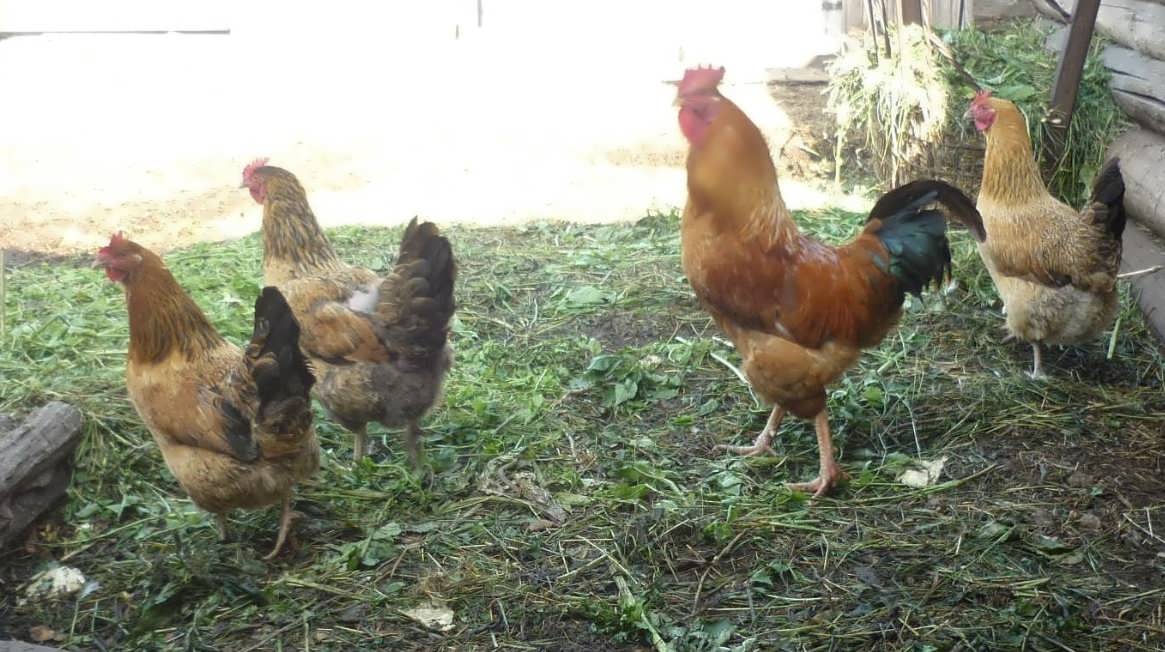
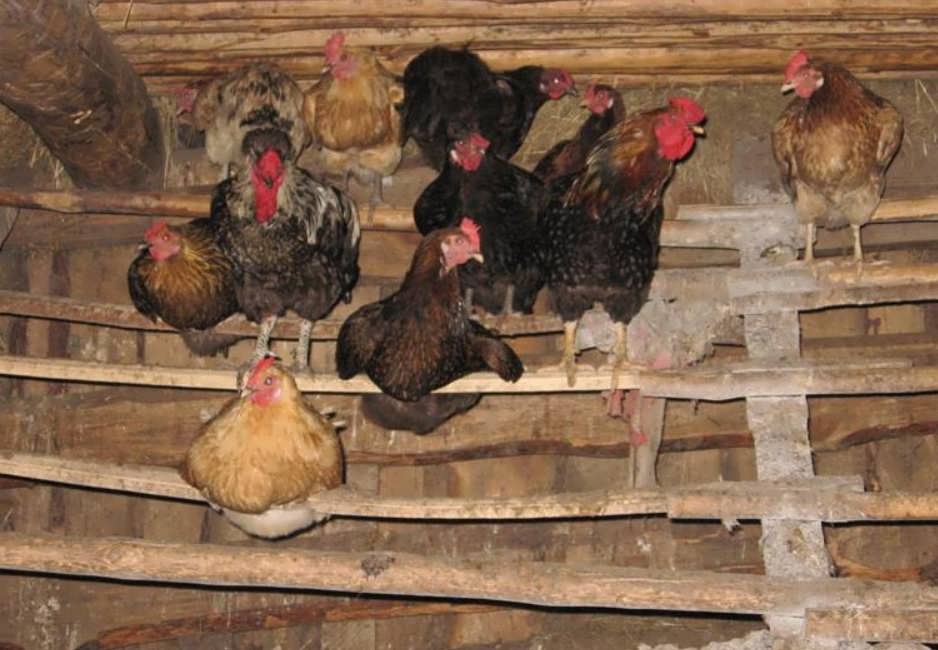
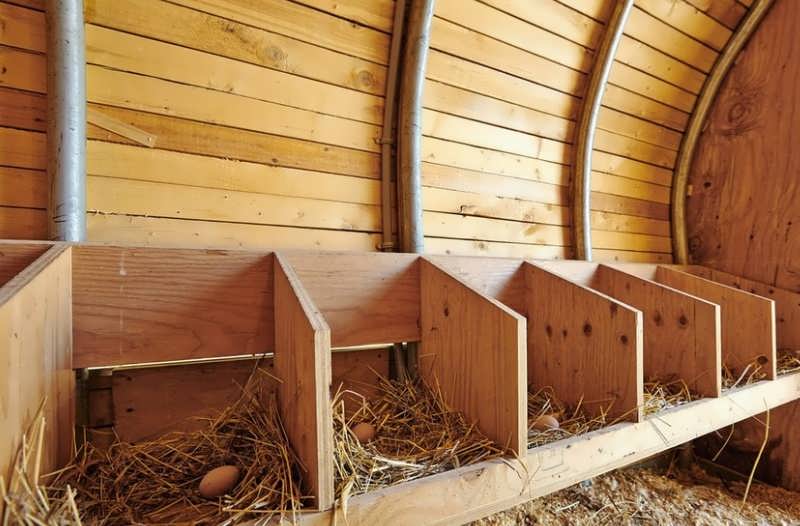
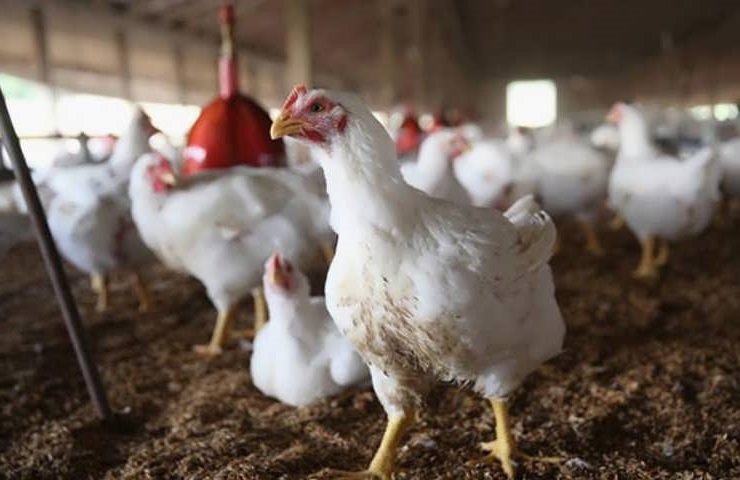
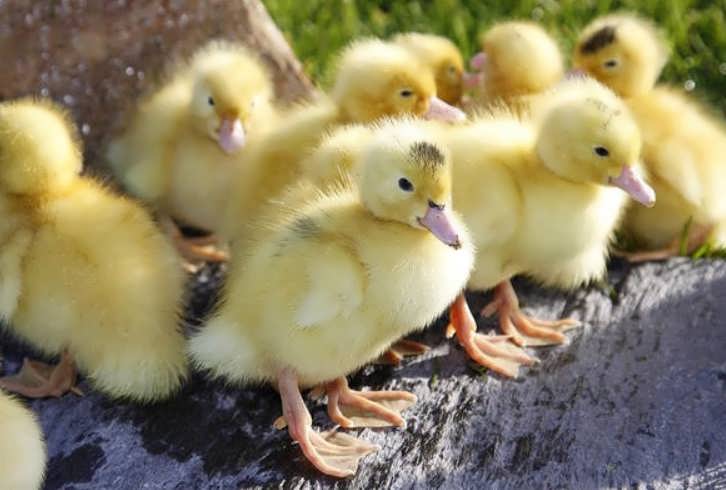
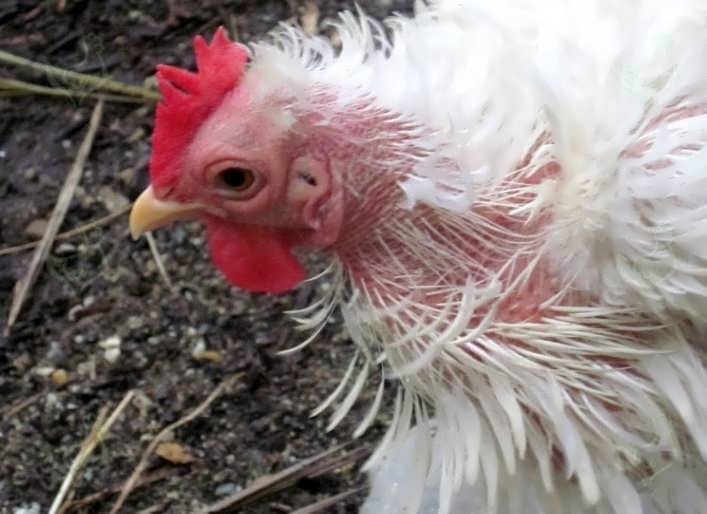

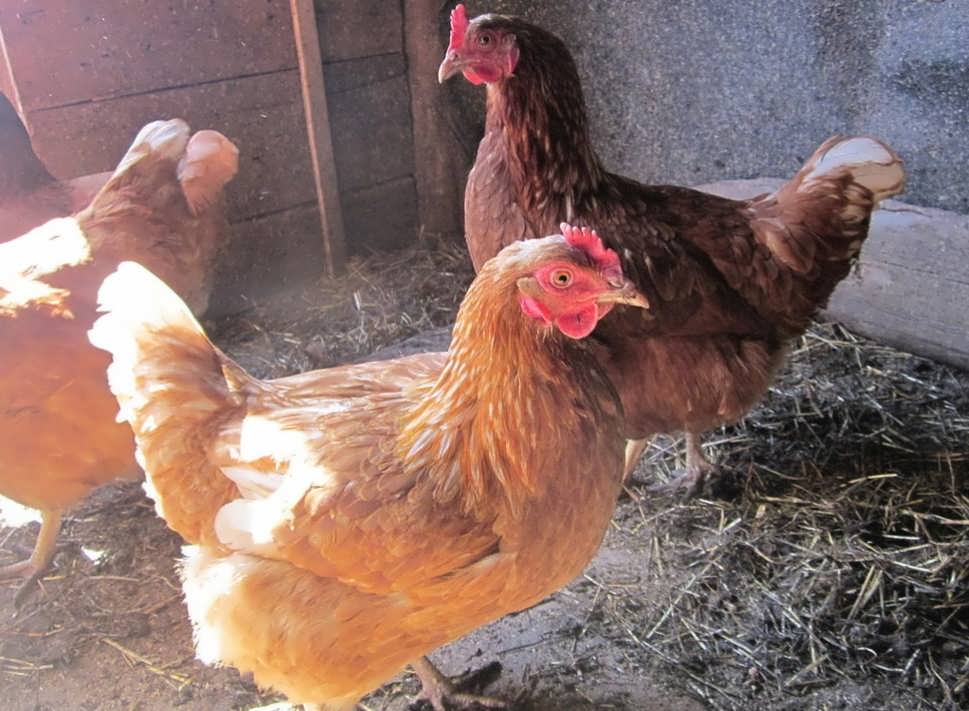
I'm just thinking of starting to breed turkeys. I began to organize this process and your recommendations on their proper feeding are especially valuable to me, because this way I will be able to do everything right from the very beginning and the young will be full and will actively grow. Hope you don't have to make any mistakes.
I have been breeding turkey poults for more than a year, and of course, I organized their nutrition at my own discretion and did not even think about whether I was doing everything right. From your article, I noticed that there are small inaccuracies in my nutrition methodology and what can be done better. so I'm going to change my diet soon.
Proper feeding of turkeys is the key to their excellent growth. Now I will organize their diet in a completely different way.